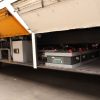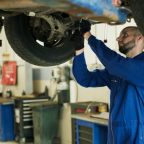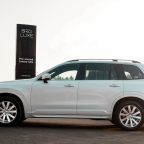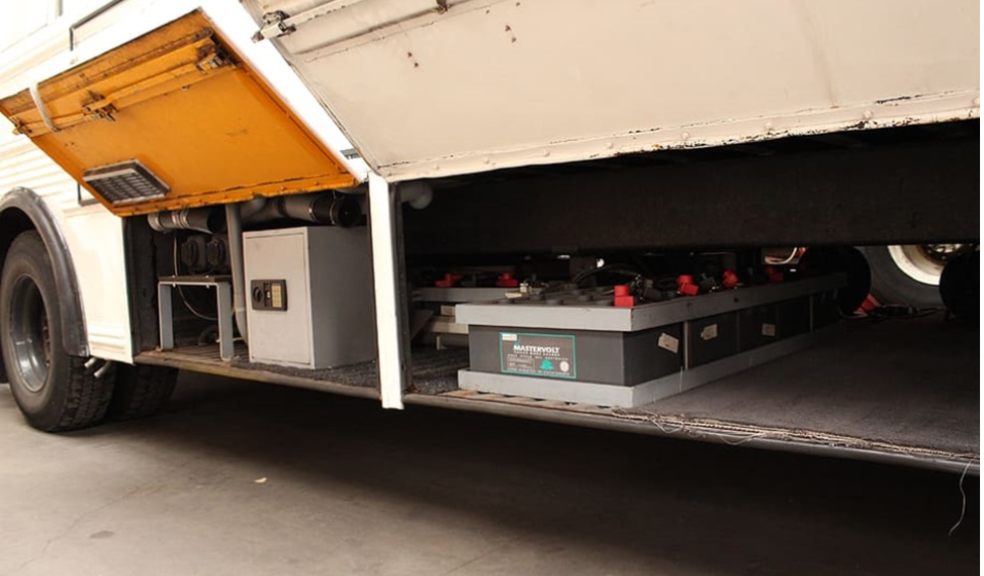
What is a leisure battery?
Leisure Batteries
With an increase in the popularity of ‘staycations’ during the pandemic and a large population considering purchasing or renting a motorhome or campervan, to appeal to the masses, modern caravans and motorhomes come with many amenities to make life on the road comfortable for travelers. Amenities such as a kettle, microwave, lighting, TVs, and other electronics can’t be run on the vehicle battery as each battery is built for a different purpose. A vehicle battery is designed to provide a large amount of energy to start the engine and then gets recharged by the current supplied back by the engine. If this battery is used for a steady, constant supply of electricity to power the appliances, its life expectancy will decrease significantly and the battery will deteriorate quickly.
For the purpose of powering all the electronics, a leisure battery is used in the caravan. These are used to power 12V appliances and although you can run bigger appliances like an oven or a TV on it, it’s better to use a generator so that you can run the items for longer without draining the battery. Additionally, investing in a trickle charger or a solar pack to keep the battery charged is a feasible option.
Types of Batteries
There are several options to choose from when it comes to leisure batteries, each made with a different technology with its own pros and cons.
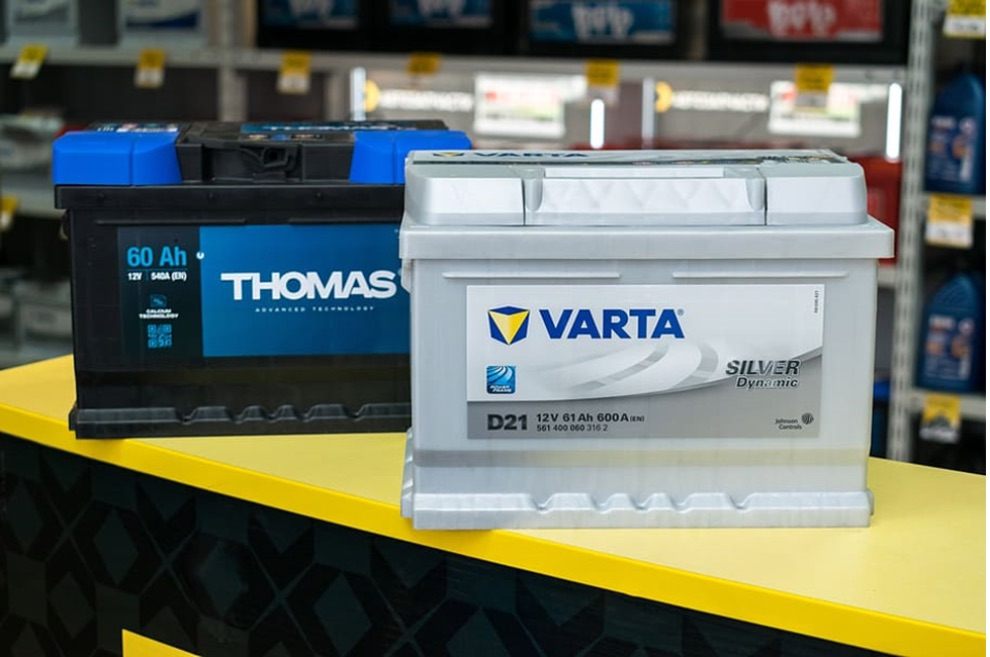
Lead Acid Battery: These come in 2 builds, a maintenance-free one and a regular one. Both of these have Sulphuric acid covering the plates and have to be topped with battery fluid every so often, even the maintenance-free ones need to be refilled, however, they don’t have to be topped up as often. Acid batteries are cheap and can last you a long time if used properly with care. On the downside, if these are knocked over, there’s a chance that they might leak and if the battery fluid evaporates from high temperatures, the exposed plates get damaged, reducing the battery life.
Gel Cell Batteries: Similar to wet cell acid batteries, these batteries have the plates covered in a gel. They’re completely sealed and require no maintenance, however; they’re a bit more expensive than an acid battery and if the gel moves to one side at a high temperature, the exposed plates will again, get damaged.
AGM Batteries: An absorbed glass mat battery employs compressed pure glass mats to separate the plates and can be used for both vehicle startup and leisure purposes. Furthermore, it is better engineered to last long, even at low charge levels which cannot be done with other batteries since it damages them permanently. Still, though, this isn’t a recommended practice and batteries perform best when kept above 50% charge at all times. They’re safer as regular batteries have a chance of exploding, charge faster, and can last 3 times longer than regular batteries.
Lithium Batteries: These batteries can hold the highest amount of energy, especially the leisure batteries by EcoTree Lithium, and weigh only half as much as acid batteries. They have the longest life and can last for a very long time sitting idle without losing much charge. Lithium batteries withstand high temperatures very well and some modern ones even come with Bluetooth so that you can check the charging, voltage, and power on your phone. On the flip side, they’re more expensive than acid batteries and more expensive to produce and recycle, they also require special chargers.
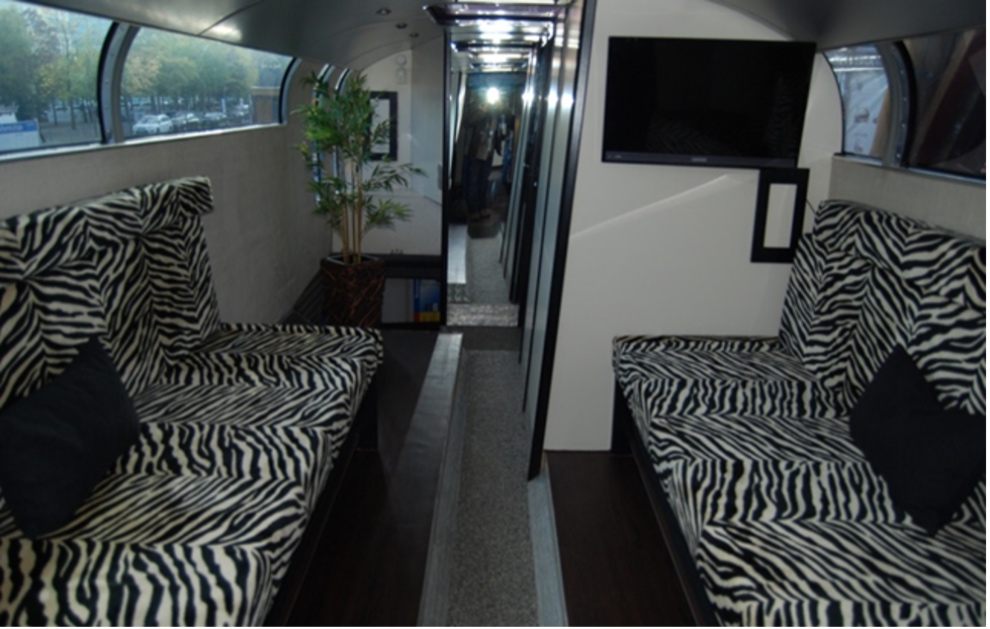
How do These Work?
Leisure batteries can be charged on the mains power system that is available on most modern caravans; you may use a split charger to keep the battery topped up or use a trickle charger. Most present-day chargers do not let the battery get overcharged however, this is still a risk and when the battery is done charging and keeps receiving energy, it creates harmful fumes. Newer vans come with carbon monoxide detectors, if yours doesn’t, consider installing one. The last 2 ways to charge your battery are using a solar pack and charging it on a campervan parking site.
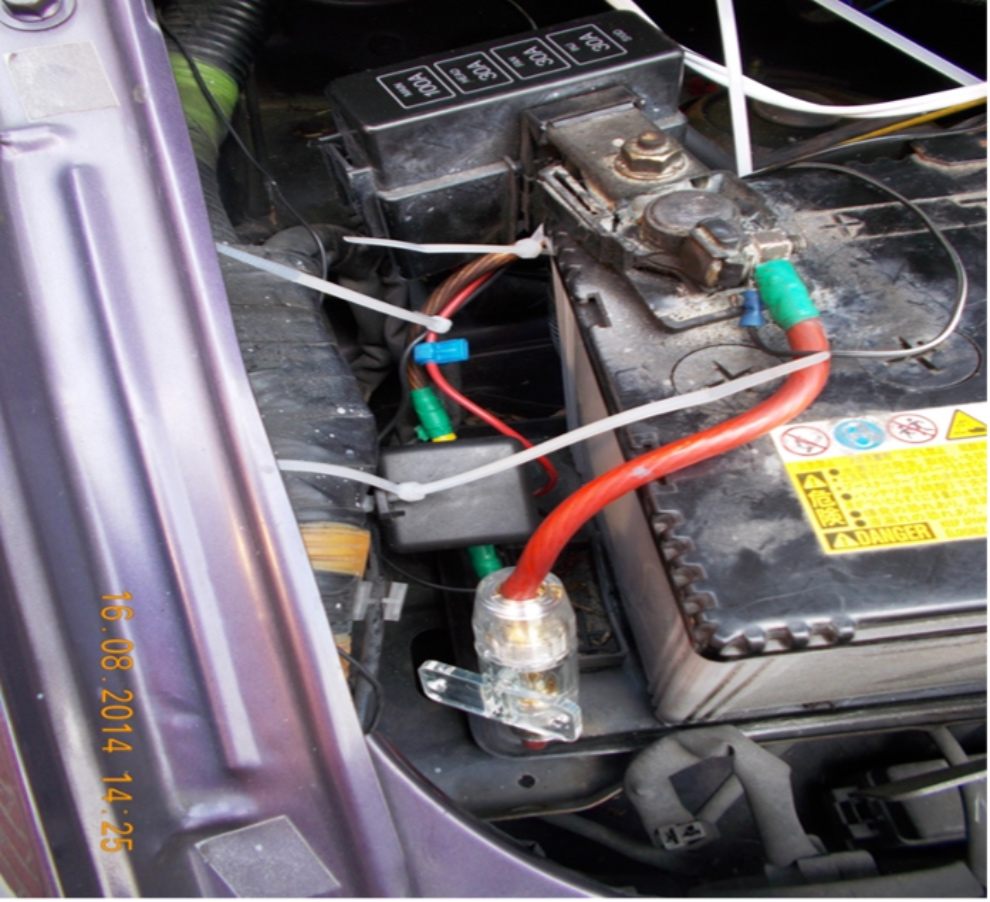
For the big appliances in your campervan, you are better off using the mains power system, for smaller appliances, particularly 12V ones, a leisure battery is perfect, however, these small appliances are energy sensitive and it is a smart idea to connect an inverter to the leisure battery. A bank can simply be connected to the battery and all your appliances plugged into the bank. Some precautions to take with your battery are to use good quality plugs and put a small layer of Vaseline on the terminals to prevent rusting.
When choosing a battery, it is best to go for one that is approved by the NCC (National Caravan Council), they’re categorized into 3 groups, depending on your usage. Category A batteries are heavy duty ones, providing a lot of power, category B batteries are for medium usage and category C is for people who spend most of their time at the campsite.









